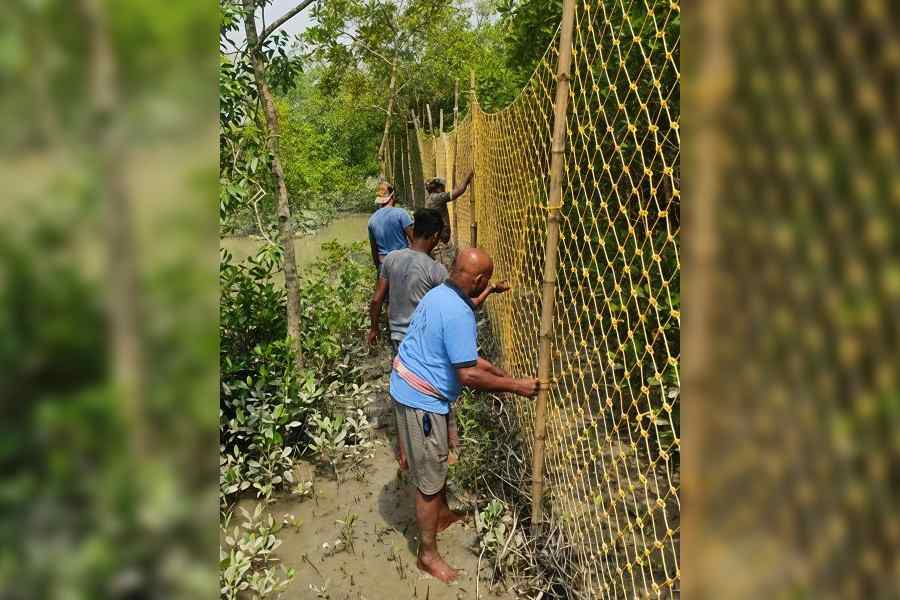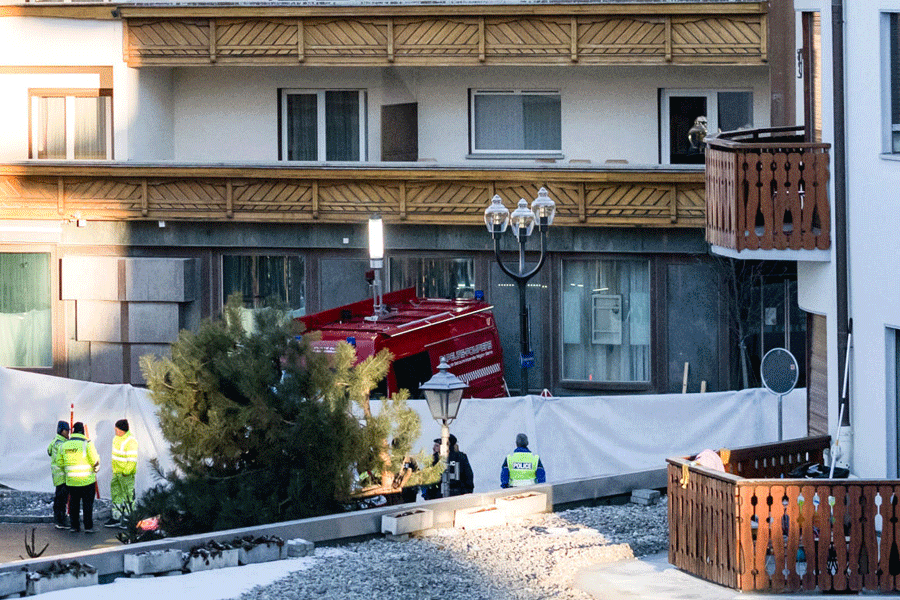 |
Calcutta, March 24: Climate change has erased the source of a three-decades-old Indo-Bangladesh dispute.
Both countries have over the years claimed that New Moore Island, known as Purbasha in India and South Talpatti Island in Bangladesh, is their territory.
Now, global warming and a consequent rise in the sea level has submerged the 3.5km-by-3km island completely.
“Decades of negotiation between the two countries could not resolve the dispute. Climate change has obliterated the very source of it,” oceanographer Sugata Hazra said.
Hazra, the director of Jadavpur University’s School of Oceanographic Studies, has used satellite imagery and sea patrol data to prove that the island has disappeared.
“The island got submerged completely between 2000 and 2009. I have spoken to local fishermen too. It was confirmed that except for very short periods of time during low tides when small patches of the island emerge, it has disappeared for good,” Hazra told The Telegraph.
New Moore Island was a small, uninhabited offshore isle that was first noticed in satellite images in 1974. Experts have claimed that the island was around 50 years old.
Both India and Bangladesh had claimed the island since the early 1980s, although neither country had any permanent settlement there because of the island’s geographical instability.
The island was located south of the Hariabhanga river, flowing between Satkhira of Bangladesh and South 24-Parganas of Bengal.
In 1981, India hoisted its flag on New Moore Island and established a temporary BSF base there, regularly visiting the place on naval gunships.
“Submarines will have to be deployed if India wants to mount a vigil there now,” Hazra quipped. He said the island started diminishing steadily in size from 1987.
“Since 2000 there has been a significant rise in sea level because of global warming. In fact, the sea level has risen nearly three times between 2000 and 2009,” Hazra said.










